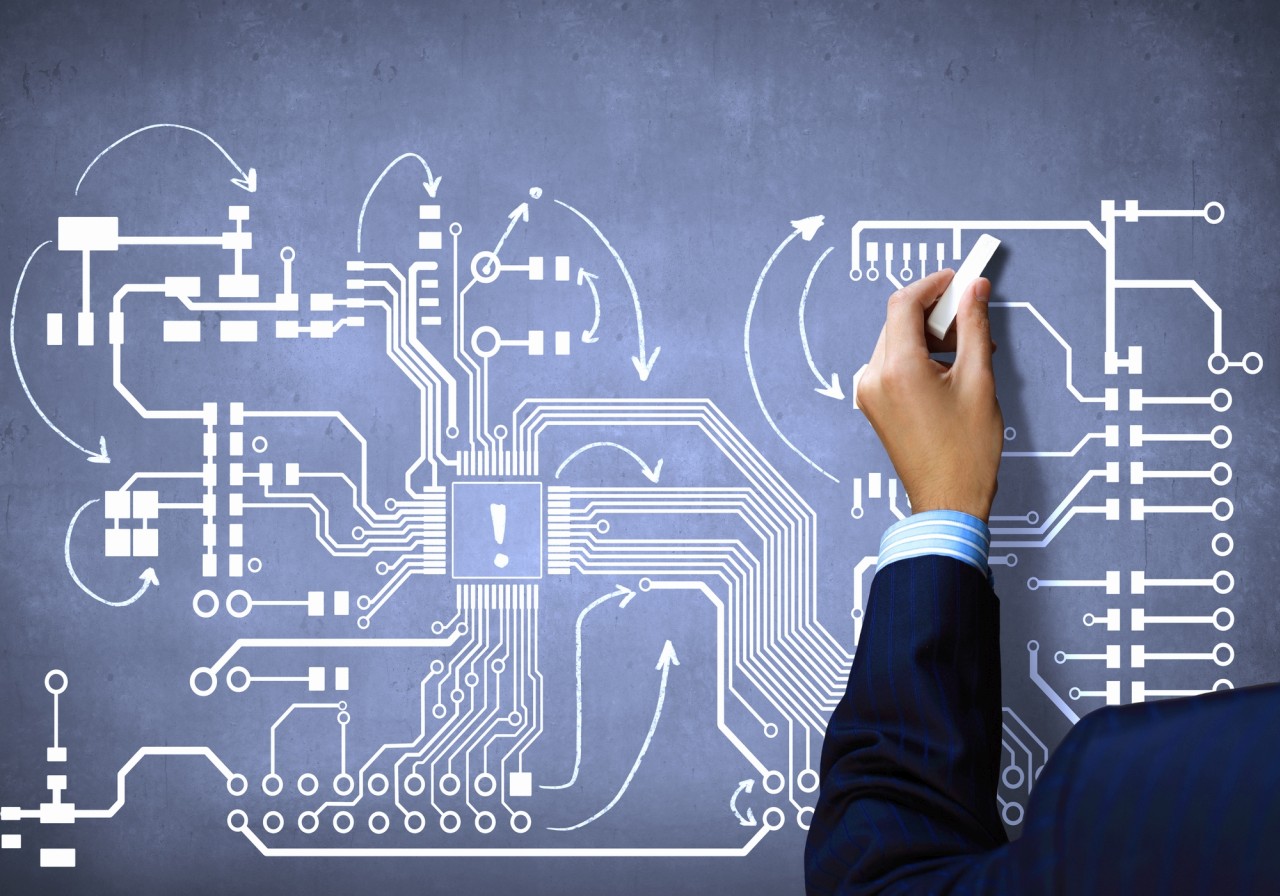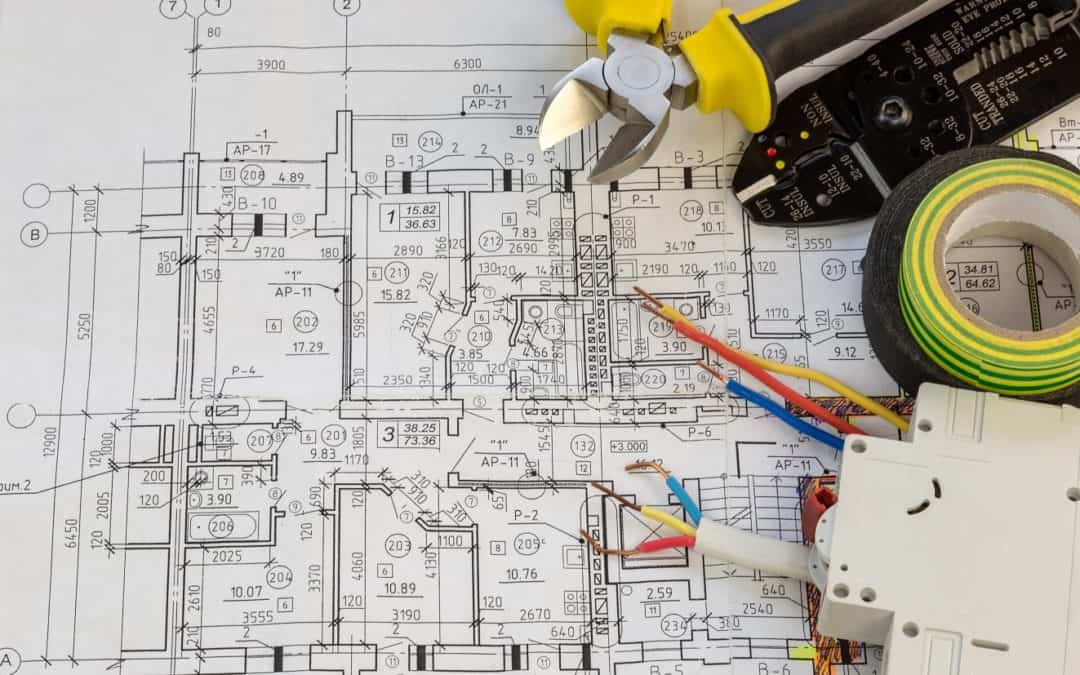Access Accurate Electrical Load Calculation Services for Next Project
Access Accurate Electrical Load Calculation Services for Next Project
Blog Article
Cutting-edge Electric Design Services for Modern Infrastructure
As metropolitan settings expand increasingly complicated, including technologies such as smart grids and sustainable power sources ends up being critical. These innovations not just promise to maximize energy usage yet also foster strength versus future demands.
Significance of Innovative Electrical Design
Ingenious electric design plays a crucial function in contemporary infrastructure, influencing not just performance yet likewise sustainability. As cities advance and the need for power rises, the need for advanced electrical systems becomes paramount. These systems should not only fulfill current needs yet additionally prepare for future growth and technological improvements.
A well-executed electric design can considerably lower power usage, thus decreasing operational prices and decreasing environmental influence. By integrating renewable resource resources, such as photovoltaic panels and wind generators, ingenious designs can enhance energy independence and strength. Furthermore, clever grid technologies allow for real-time surveillance and administration of energy distribution, maximizing performance and reducing waste.
Safety and security is one more crucial facet of electrical design. Implementing innovative innovations and strenuous standards can mitigate dangers related to electric failures, making certain a safe environment for organizations and locals alike. Additionally, innovative styles facilitate versatility, enabling infrastructures to incorporate arising technologies perfectly.
Key Patterns in Electric Design
As the landscape of electric design proceeds to evolve, a number of essential patterns are forming the future of the sector. One significant pattern is the integration of wise modern technology right into electrical systems. The expansion of the Net of Points (IoT) has actually allowed real-time surveillance and control of electric devices, enhancing performance and facilitating predictive maintenance.
An additional fad is the expanding focus on modular design. This technique permits adaptable and scalable solutions, making it possible for infrastructure to adapt to changing requirements without substantial improvements. In addition, the usage of sophisticated simulation devices and Structure Details Modeling (BIM) is coming to be progressively widespread, streamlining the design procedure and enhancing cooperation amongst stakeholders.
Additionally, improvements in products science are resulting in the development of lighter, more long lasting, and energy-efficient elements. This development is particularly important for high-performance structures and facilities projects.
Lastly, there is a significant change in the direction of data-driven decision-making - electrical design services. Leveraging information analytics assists developers enhance systems for performance and cost-effectiveness. With each other, these fads indicate a transformative age in electrical design, enhancing functionality, sustainability, and strength in contemporary infrastructure
Sustainable Energy Solutions
Sustainable power services are significantly becoming an essential focus in electrical design, mirroring a more comprehensive commitment to ecological responsibility and source efficiency. These remedies aim to minimize environmental impact while maximizing energy intake in numerous facilities, from domestic buildings to huge commercial centers.
Among the foremost methods involves the assimilation of eco-friendly energy resources, such as solar panels and wind generators, right into electrical systems. This not only lowers dependency on nonrenewable fuel sources however discover this info here additionally improves power durability. In addition, innovative power storage space systems, such as innovative batteries, enable effective monitoring and distribution of power, guaranteeing that excess power generated throughout top manufacturing can be made use of during high demand durations.
Furthermore, energy-efficient design techniques are being embraced to improve overall system performance. This includes official site making use of energy-efficient lighting, a/c systems, and clever building technologies that adjust and check energy use based upon tenancy and ecological conditions.
Smart Grid Technologies
The implementation of sustainable energy services naturally brings about the exploration of wise grid modern technologies, which play a critical function in updating electrical systems. Smart grids utilize advanced communication technologies and information analytics to enhance the integrity, performance, and sustainability of electrical power distribution. By incorporating electronic modern technology with typical grid framework, these systems assist in real-time monitoring, automated control, and enhanced decision-making capacities.
Among the crucial features of clever grids is their capacity to fit renewable resource sources, such as solar and wind power. This versatility not only minimizes dependence on fossil gas however likewise allows for a much more decentralized energy production version. In addition, wise grids make it possible for need reaction programs, where consumers can adjust their energy usage based on real-time rates, thereby advertising energy conservation and lowering peak load needs.
Additionally, clever grid innovations boost grid resilience by making it possible for quicker identification and resolution of interruptions, eventually reducing downtime. With anticipating maintenance and analytics, energies can improve and maximize operations service distribution. As areas and cities proceed to advance, smart grid modern technologies are vital for constructing a effective and lasting residential electrical design electrical infrastructure that meets the needs of modern society.

Future-Proofing Facilities
To make certain long-lasting practicality and flexibility, future-proofing facilities is crucial in the rapidly advancing landscape of electrical design solutions. As technology breakthroughs and energy needs shift, it is vital that electric systems are developed with adaptability in mind. This involves integrating scalable options that can accommodate future upgrades without demanding comprehensive overhauls.

In addition, sustainability should be a foundation of future-proofed designs. Making use of renewable resource sources, such as solar and wind, and maximizing energy effectiveness decrease dependence on nonrenewable fuel sources, aligning with worldwide initiatives to combat climate change.
Final Thought
By focusing on effectiveness, sustainability, and flexibility, these solutions address the developing demands of power systems. The combination of smart grid technologies and lasting power options boosts durability and decreases operational expenses.
A well-executed electric design can substantially lower power intake, therefore decreasing operational prices and reducing environmental influence. By incorporating sustainable power resources, such as solar panels and wind turbines, ingenious styles can boost power self-reliance and durability. In addition, cutting-edge power storage space systems, such as advanced batteries, enable reliable management and distribution of power, making certain that excess energy generated throughout peak manufacturing can be used throughout high need durations.
Smart grids allow demand response programs, where customers can change their power use based on real-time prices, therefore advertising energy conservation and lowering peak tons needs. (electrical design services)
As modern technology advancements and power needs change, it is important that electric systems are designed with versatility in mind.
Report this page